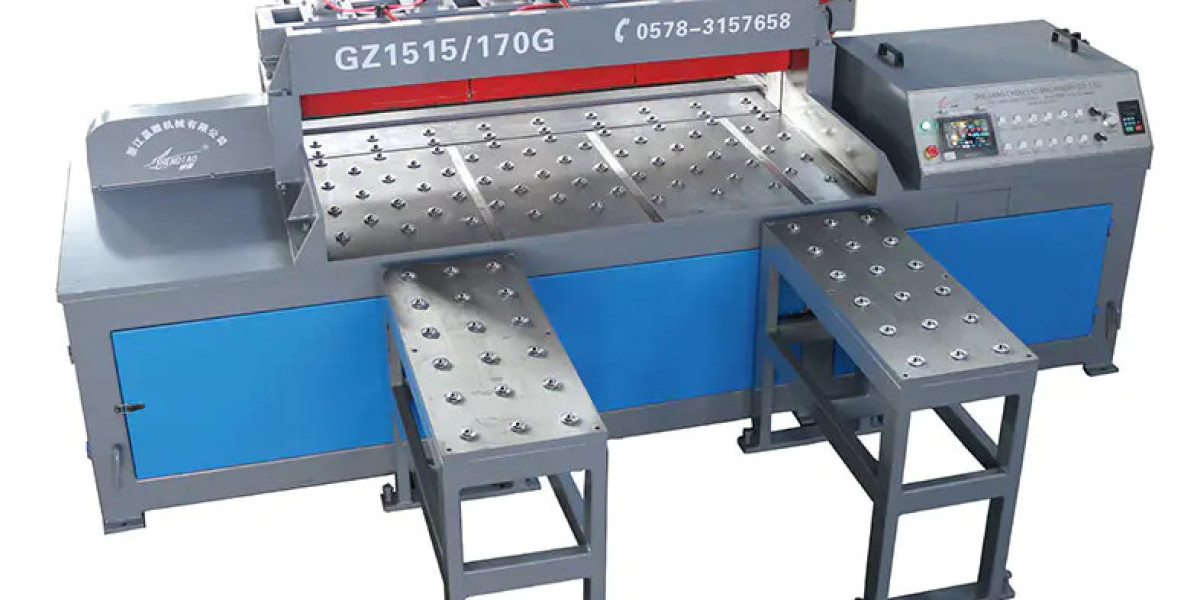In the metal fabrication industry, efficiency and precision are two of the most sought-after attributes in any cutting operation. When evaluating whether an aluminum plate cutting circular saw machine meets modern production needs, one of the essential considerations is whether it comes with an automatic feeding function. This feature can make a significant difference in productivity, operator workload, and overall workflow consistency.
Automatic feeding refers to the machine’s ability to advance aluminum plates into the cutting position without requiring manual intervention for each piece. Instead of relying on human operators to load and align each sheet, the system uses rollers, servo motors, or hydraulic mechanisms to move materials with pre-set precision. This function not only improves speed but also ensures uniform feed rates, which directly impacts cut accuracy.
For operations that handle high-volume or repetitive tasks, automatic feeding is especially advantageous. It significantly reduces cycle times, allowing continuous cutting with minimal downtime. This is particularly useful in mass production settings where time efficiency and throughput are critical. The ability to queue up materials and let the system handle the feed process also enables a more predictable production rhythm.
Another major benefit is the reduction in labor requirements. With an automatic feed system, one operator can oversee multiple machines or focus on quality control and programming rather than constantly loading plates by hand. This creates a safer, less physically demanding work environment while freeing up skilled workers for more value-added tasks.
Automatic feeding also contributes to better cutting precision. Inconsistent manual feeding can result in misalignment, variable edge quality, and wasted materials. With programmed feeding distances and clamping systems, the material remains consistently positioned, leading to more accurate and cleaner cuts. This precision is particularly valuable when working with large-format aluminum plates or when tolerances are tight.
Modern machines that offer automatic feeding functions are often integrated with digital control panels or CNC systems. These interfaces allow operators to input material dimensions, feed lengths, and batch quantities, automating not just the cutting action but the entire process flow. In advanced setups, these machines can be linked with material handling systems or conveyors to streamline production even further.
However, it’s worth noting that not all aluminum cutting machines come with this feature. Entry-level or budget models may prioritize basic functionality and exclude automated feeding to lower the initial cost. For businesses with lower cutting volumes or highly customized production needs, manual feeding might still be acceptable. But as demand grows or product lines scale, the absence of auto-feed features could become a bottleneck.
In conclusion, the presence of an automatic feeding mechanism in aluminum plate cutting systems is a strong indicator of advanced manufacturing capability. It enhances operational efficiency, reduces labor costs, increases cutting consistency, and aligns with modern industrial automation trends. When selecting cutting equipment, especially for large-scale or high-precision applications, evaluating whether automatic feeding is included should be a top priority.
Cutting Range(mm): 160×3100
Saw Blade Size(mm): Φ550×38×3.5/Diameter×Thickness×Inner Orifice
Feeding Speeds: Stepless Speed Control
Saw Blade Speed(m/min): 2860
Total Power(kw): 21.7
Fastening Mode: Air Pressure
Overall Size(mm): 7000×6150×2150



